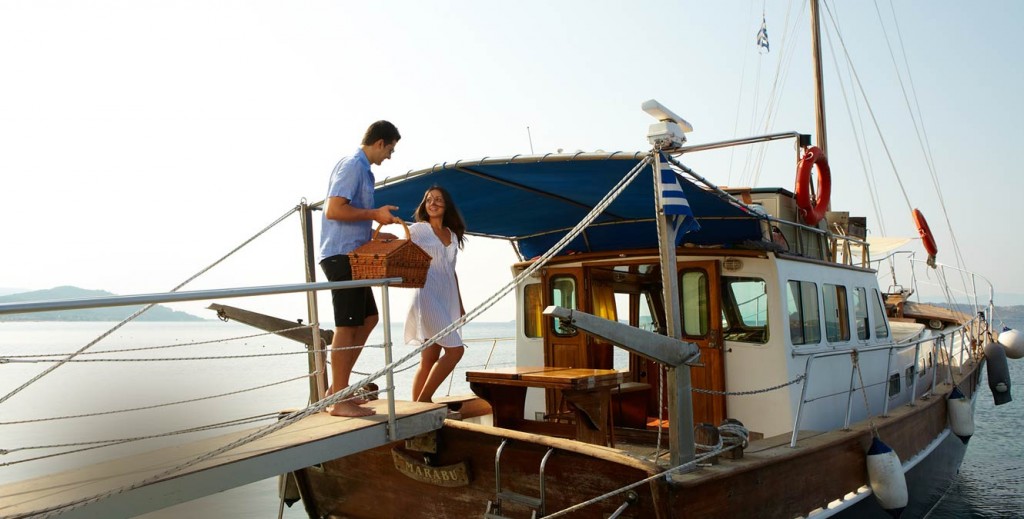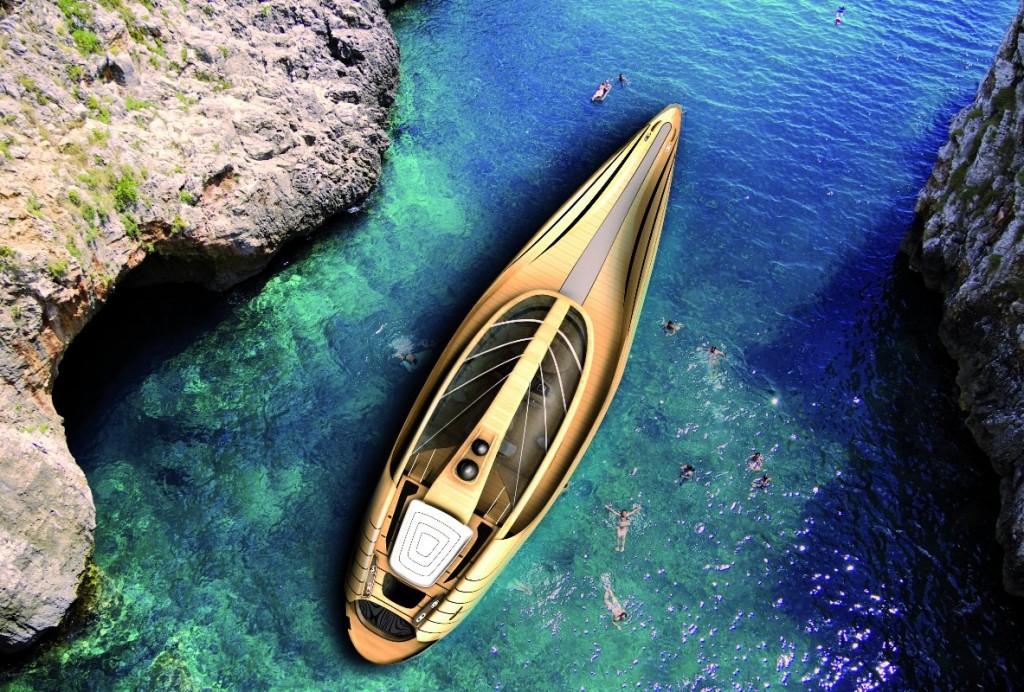Top Ten Recreational Boating Safety Tips.
Though the statistics are concerning, the risk of boating injuries and accidents can be minimized. According to the U.S. Coast Guard, the vast majority of reported incidents involved factors that were within the control of boat operators. ACE Recreational Marine Insurance, one of the largest recreational marine insurance providers, has again released its top ten list detailing tips to help recreational boaters stay safe, thus potentially reducing the number of preventable accidents that may occur each year.
According to the U.S. Coast Guard’s “Boating Statistics 2012,” the most recent year available, there are more than 12 million registered recreational boats in the United States. With so many boaters enjoying the waterways, it is no surprise that more than 4,500 boating accidents, involving nearly 6,000 vessels, were reported in 2012, with far more that go unreported each year. The number of actual boating accidents decreased by 73 from 2011, and overall fatalities decreased significantly, by 14.1 percent to 651 in 2012. While certainly a favorable trend, approximately 3,000 people still required medical treatment beyond first aid as a result of boating accidents. In addition, the total property damage in 2012 from reported accidents was approximately $38 million.
1. Always wear a life jacket and insist that your crew and guests do the same.
Approximately 71 percent of fatal boating accident victims drowned in 2012. Almost 85 percent of those who drowned were not wearing a life jacket, and seven out of every ten boaters who drowned were on vessels less than 21 feet in length. Always have an adequate supply of life jackets aboard, no matter what the length of your vessel. Make sure that children are wearing appropriate life jackets that are sized and fitted correctly. Drowning was the reported cause of death for approximately 42 percent of the children under the age of 13 who perished in boating
accidents in 2012. In cold water areas, life jackets are even more important. A fall into water colder than 60 degrees (Fahrenheit) can induce “cold shock” – a sudden gasping for air that can increase the risk of drowning, especially in older people.
2. Never drink alcohol while boating.
Alcohol use was again the leading factor in all fatal boating accidents, and in 2012 contributed to 17 percent of recreational boating deaths. 1 Stay sharp on the water by leaving the alcohol on dry land.
3. Take a boating safety course.
Only fourteen percent of deaths occurred on boats where the operator had received boating safety instruction.1 You may even qualify for a reduced insurance rate if you complete a safety course. Contact your local Coast Guard Auxiliary, United States Power Squadron chapter,2 or visit www.uscgboating.org for information on courses in your area.
4. Stay in control by taking charge of your safety and that of your passengers.
Boaters between the ages of 36 and 55 accounted for the highest rate of boating fatalities (35 percent) and accidents (27 percent) in 2012.1 It is imperative to maintain control of your vessel and your passengers. Don’t forget that safety begins with you.

5. Understand and obey boating safety recommendations and navigational rules.
Imagine the mayhem that would result if car drivers disregarded highway traffic laws. In 2012, violations of navigation rules were contributing factors in 290 accidents and 13 deaths. Know and understand boating safety procedures and rules of navigation before taking to the water, and practice them without fail.
6. Operate at a safe speed and always maintain a proper lookout.
Operator inattention, operator inexperience, machinery failure, excess speed and improper outlook were major factors in all reported accidents.1 Know your boat’s limitations as well as your own. Take note of visibility, traffic density and the proximity of navigation hazards like shoals, rocks or floating objects. Don’t invite a collision by going faster than is prudent.
7. Check the weather forecast.
A calm day can quickly turn ugly on the water. Keep an eye out for changing weather conditions and stay on top of the forecast while boating. There were 221 accidents and 43 deaths in 2012 attributed to adverse weather conditions. Promptly heed all weather and storm advisories.
8. Always carry an emergency position locator, especially when boating in cold waters.
Hypothermia is a significant risk factor for injury or even death while boating. Cold water accelerates the onset and progression of hypothermia since body heat can be lost 25 times faster in cold water than in cold air. The closer you are to rescue support, the better your chances are. Therefore, an Emergency Position Indicating Radio Beacon or Global Positioning System interfaced Emergency Position Indicating Radio Beacon (EPIRB/GPIRB), and/or a Personal Locator Beacon (PLB), is recommended especially when boating in waters that are below 59ºF. These safety devices should be considered when boating in waters of any temperature. Boaters can be at risk of hypothermia in warm waters as well, where expected time of survival can be as little as two hours in waters as warm as 60-70ºF. To learn hypothermia risk factors and how to better your chances of survival, visit: seagrant.umn.edu
9. Use a carbon monoxide (CO) detector. Carbon Monoxide can harm and even kill you inside or on the deck of your
boat.
All internal combustion engines emit carbon monoxide, an odorless, tasteless, colorless, poisonous gas that can make you sick in seconds and kill in minutes. Even just a few breaths in high enough concentrations can be fatal. Carbon Monoxide symptoms are similar to seasickness or alcohol intoxication, and can affect you whether you are underway, moored or anchored. Remember, you cannot see, smell or taste carbon monoxide, so know the symptoms of carbon monoxide poisoning and avoid extended use of the transom area when engines are operating. To learn more about the symptoms of carbon monoxide sickness and how to keep you and others safe, visit uscgboating.org
10. File a float plan.
The U.S. Coast Guard recommends that you always tell a friend or family member where you plan to go and when you’ll be back. Make it a habit before leaving on any boat trip. The proper officials can be notified promptly if you don’t return when expected.
Another point to consider is that boat owners can also have their vessel checked for safety—for free. The U.S. Coast Guard Auxiliary and U.S. Power Squadrons offer Vessel Safety Checks at no cost. In addition, their staff will check your boat’s equipment and provide information about its use, safety procedures and applicable regulations. Since unsafe boats are a threat to all recreational boaters, it’s important for boat owners to make sure their vessel is as safe as possible. For more information, visit the U.S. Coast Guard web site at uscgboating.org.
“Since nearly half of all fatal accidents occur over the summer months, there’s no question that taking steps to promote boating safety, especially when waterways are most crowded, can potentially have a significant impact on saving lives. Safe boating should be the aim of all boaters and comes from active participation in ongoing education and training, as well as hands-on boating experience. Understanding and obeying navigational rules and safety procedures has proven to help reduce injuries and property damage,” said Damon R. Hostetter, Senior Vice President, ACE Recreational Marine Insurance.




